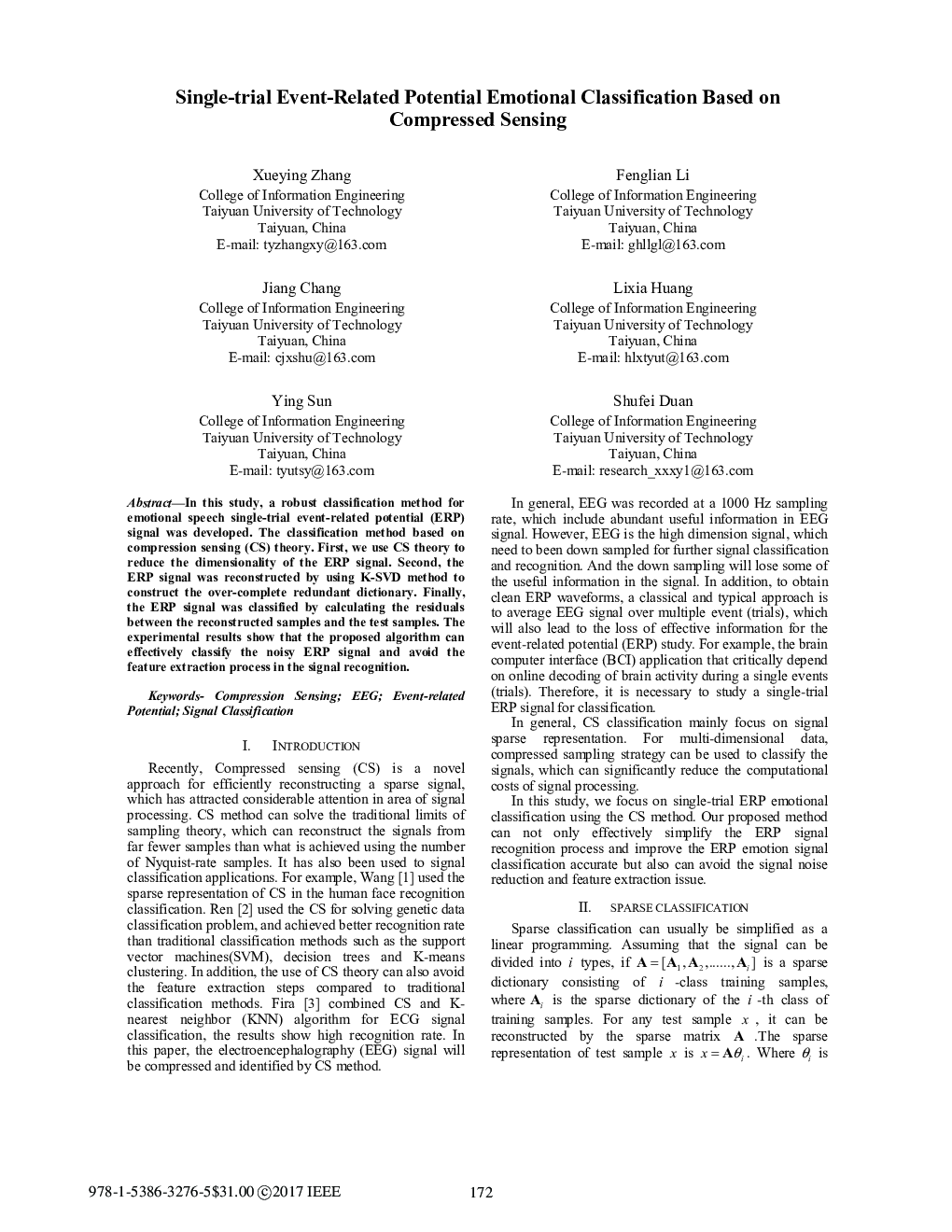| Article ID | Journal | Published Year | Pages | File Type |
|---|---|---|---|---|
| 5471933 | Biosystems Engineering | 2017 | 4 Pages |
Abstract
Remote sensing provides an effective way for the estimation of regional evapotranspiration, therefore, a reliable scaling-up method from instantaneous evapotranspiration (ET) to daily ET is of great importance. In this paper, five commonly used scaling-up methods estimating daily ET from hourly latent heat measurements were compared under different energy and crop growing conditions. Field data collected during the whole growing season at 1.0Â h intervals by eddy covariance system in North China were used. Evaporative fraction (EF), reference evaporative fraction (Kc), crop coefficient (modified-Kc) and surface resistance (rc) varied slightly during the daytime, which gave a solid theoretical basis for the scaling-up methods based on the constant value of these parameters. In most cases, the EF and Kc methods performed better than the others, the relative bias from 9:00-16:00 for the two methods ranged from â11.2% to 5.9% and â6.6% to 4.8%, respectively. The EF method was applicable when surface energy was limited, when Rn was less than 50Â WÂ mâ2; the average modified coefficient of efficiency of EF method during the daytime from 9 am to 5 pm was 0.68, which is around twice that of the second best method. The Kc and the modified-Kc methods were applicable when surface energy was relatively large. The performance of the five methods didn't seem sensitive to variation of leaf area. Overall, the Kc and EF methods performed better, especially between 11:00 and 15:00. The results of this paper could be useful for optimisation of ET models.
Related Topics
Physical Sciences and Engineering
Engineering
Control and Systems Engineering
Authors
Baozhong Zhang, He Chen, Di Xu, Fusheng Li,
